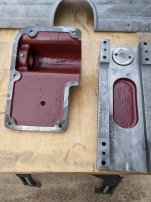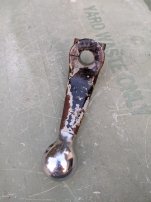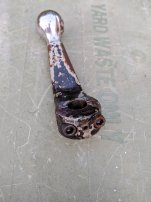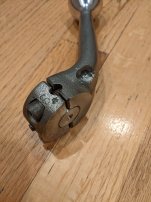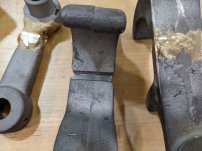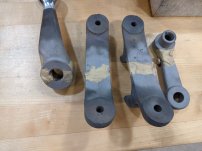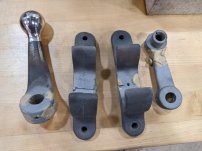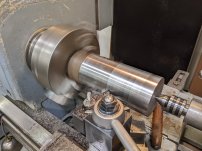Yes, sadly, Harry has passed away.
He wrote a nice article that includes dimensioned drawings for three different sizes of follower rest, using the same design. Here's a link that includes photos and information about the article:
I don't know if Gary at Martin Model would be interested in another casting. This is a poll of how many Monarch 10ee owners would be interested in a Follow Rest casting. I would so that's 1. I don't have a follow rest to send to Martin model as a pattern so someone with one would have to loan...
www.practicalmachinist.com


